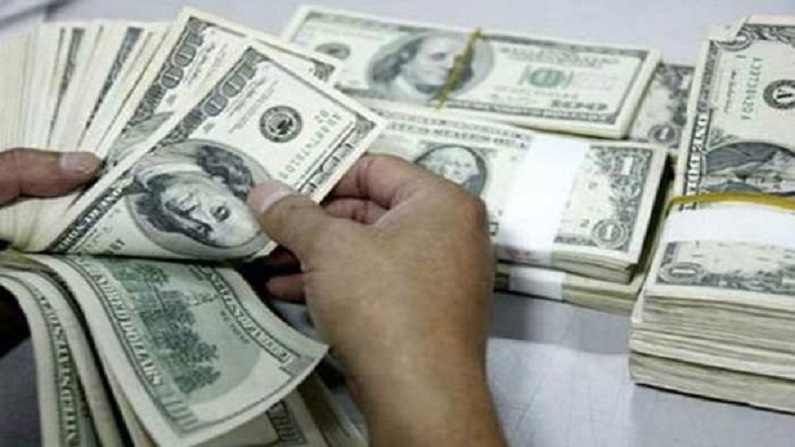Know what you can remit from abroad
A resident citizen would not be entitled to receive any additional remittances after the amount of $2,50,000 is reached during a financial year
- Ankur Sengupta
- Last Updated : July 13, 2021, 16:25 IST

Nowadays, many Indian families have members or relatives settled abroad. And several of them send millions of dollars to India to their families. But do you know the limit of sending money to India from abroad? If you don’t, you might face trouble in future. For all foreign exchange-related transactions performed through authorised persons, the resident individual must give his or her Permanent Account Number (PAN) mandatorily. The overall amount of foreign exchange acquired by an individual in India from different sources should not exceed $2,50,000 in a fiscal year.
A resident citizen would not be entitled to receive any additional remittances after the amount of $2,50,000 is reached during a financial year.
If you have a savings bank account, you are entitled to the current limit of $2,50,000 each fiscal year under the RBI’s Liberalised Remittance Scheme (LRS).
There is also a cap of $25,000 per transaction or Rs 19 lakh, whichever is lower on the day of transaction, if it is made through a bank branch. The rupee value generally depends upon the dollar-rupee exchange rate.
There are no restrictions on the frequency of remittances under LRS. Just the cap of $2.5 lakh in a financial year has to be maintained.
Remember that of the $2.5 lakh ceiling is breached in a financial year, you might have to face questioning from the enforcing authorities.
What does RBI say?
Foreign exchange transactions in India are provided by the Foreign Exchange Management Act, 1999. Under the Foreign Exchange Management Act, 1999 (FEMA), which came into force with effect from June 1, 2000, all transactions involving foreign exchange have been classified either as capital or current account transactions, according to RBI.
Any individual can buy foreign exchange for the following purposes within the LRS limit of $2,50,000 in a financial year. Foreign exchange is available for private visits to any country except Nepal and Bhutan. This is permissible for as gift or donation or going abroad for employment.
This exchange is available for maintenance of close relatives abroad, travel for business, or attending a conference or specialised training or for meeting expenses for meeting medical expenses, or check-up abroad, or for accompanying as attendant to a patient going abroad for medical treatment or check-up.
Expenses in connection with medical treatment and study abroad can also be paid in foreign exchange.
Tax compliance
Money remitted outside India will be subject to a 5% tax collected at the source (TCS). The TCS rate will be 0.5% of the money sent if the transfer is paid out against a loan acquired for higher education or meeting a medical expense.
Needless to say, unless tax has already been deducted at source (TDS), every overseas transfer above Rs 7 lakh would be subject to a tax-collected-at-source (TCS).
The TCS will only apply to the amount over Rs 7 lakh in a given financial year.
Download Money9 App for the latest updates on Personal Finance.
Related
- बैंक जमा पर बीमा की सीमा बढ़ाने से बैंकों के मुनाफे पर होगा असरः इक्रा
- बैंक डूबा तो अब मिलेंगे 8-12 लाख! सरकार बढ़ा सकती है इंश्योरेंस लिमिट
- बंद हो गया बैंक अकाउंट, SIP भी है लिंक तो तुरंत करें ये 5 काम
- J&K बैंक को SEBI की चेतावनी, 1 फीसदी से ज्यादा टूटा शेयर; जानें पूरा मामला
- PhonePe vs. GPay: Indian digital payment giants up for a tussle
- Why are e-comm users turning extra cautious? How to avoid dark pattern attacks?

